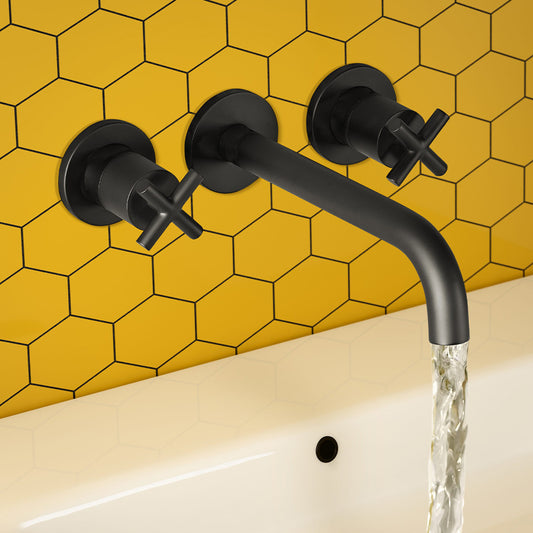What Are Bathroom Electrical Zones? ( A Detailed Guide)
Table of Contents:
-
Introduction
-
What Are Bathroom Electrical Zones?
-
Why Do We Need Bathroom Electrical Zones?
-
Understanding the Zonal System
-
Wiring Regulations and Safety Measures
-
Conclusion
Introduction: Bathroom Electrical Zones
When it comes to your bathroom, safety should always be a top priority. This includes understanding the concept of what are bathroom electrical zones and adhering to safety guidelines.
In this comprehensive guide, we'll explore these zones, the importance of following regulations, and how to ensure electrical safety in your bathroom.
What Are Bathroom Electrical Zones?
Bathroom electrical zones are designated areas within a bathroom that dictate where and how electrical equipment can be installed. These zones are crucial because they help prevent the risk of electric shock, especially in a wet environment like a bathroom.

Why Do We Need Bathroom Electrical Zones?
Understanding the need for bathroom electrical zones is essential to ensure the safety of you and your family. Here's why they are crucial:
Safety Standards:
Bathroom zones are based on safety standards and regulations, such as the British Standard (BS) 7671, which is a national standard in the UK. Adhering to these standards ensures that your bathroom electrical installations are safe and consistent.
Legal Requirements:
It is a legal requirement in the UK that all fixed electrical installations in dwellings must comply with BS 7671. Failure to adhere to these regulations can result in serious consequences.
Understanding the Zonal System:
The zonal system divides your bathroom into different zones, each with specific requirements regarding the installation and use of electrical equipment. Let's explore these zones:
Zone 0:
This is the area inside the bath or shower tray. If there's no shower tray, Zone 0 extends 10cm high from the finished floor level and is extended by 1.2m from the fixed shower head. Electrical devices in Zone 0 must have a minimum IP Rating of IP67 and operate at low voltage (maximum 12 volts).
Zone 1:
Zone 1 extends above Zone 0 and includes the width of the bath or shower basin. Any electrical appliances in Zone 1 must be at least IP65 and operate at a maximum of 12 volts. The transformer should be located beyond Zone 2. Zone 1 does not include Zone 0.
Zone 2:
Zone 2 extends to 0.6m around the bath or shower. Like Zone 1, electrical equipment in Zone 2 must have an IP Rating of at least IP44 and operate at a maximum of 12 volts. The transformer should also be placed beyond Zone 2.
Zone 3 (Outside Zones):
This is any area in the bathroom or shower room not within Zones 0-2. While electrical equipment can be fitted in Outside Zones without an IP number, it's encouraged to use lights with at least an IP44 rating for safety.
Wiring Regulations and Safety Measures:
Adhering to wiring regulations and safety measures is vital for bathroom electrical installations. These regulations ensure consistency and safety throughout the UK. Always consult a qualified electrician for bathroom electrical work to ensure compliance with these regulations.
Conclusion:
Understanding what are bathroom electrical zones and adhering to safety regulations is paramount for a safe and functional bathroom. By following the zonal system and wiring regulations, you can create a bathroom that prioritizes safety without compromising on convenience. Make electrical safety a top priority in your bathroom to enjoy peace of mind and a secure living environment.
Explore our other related blog posts :












































